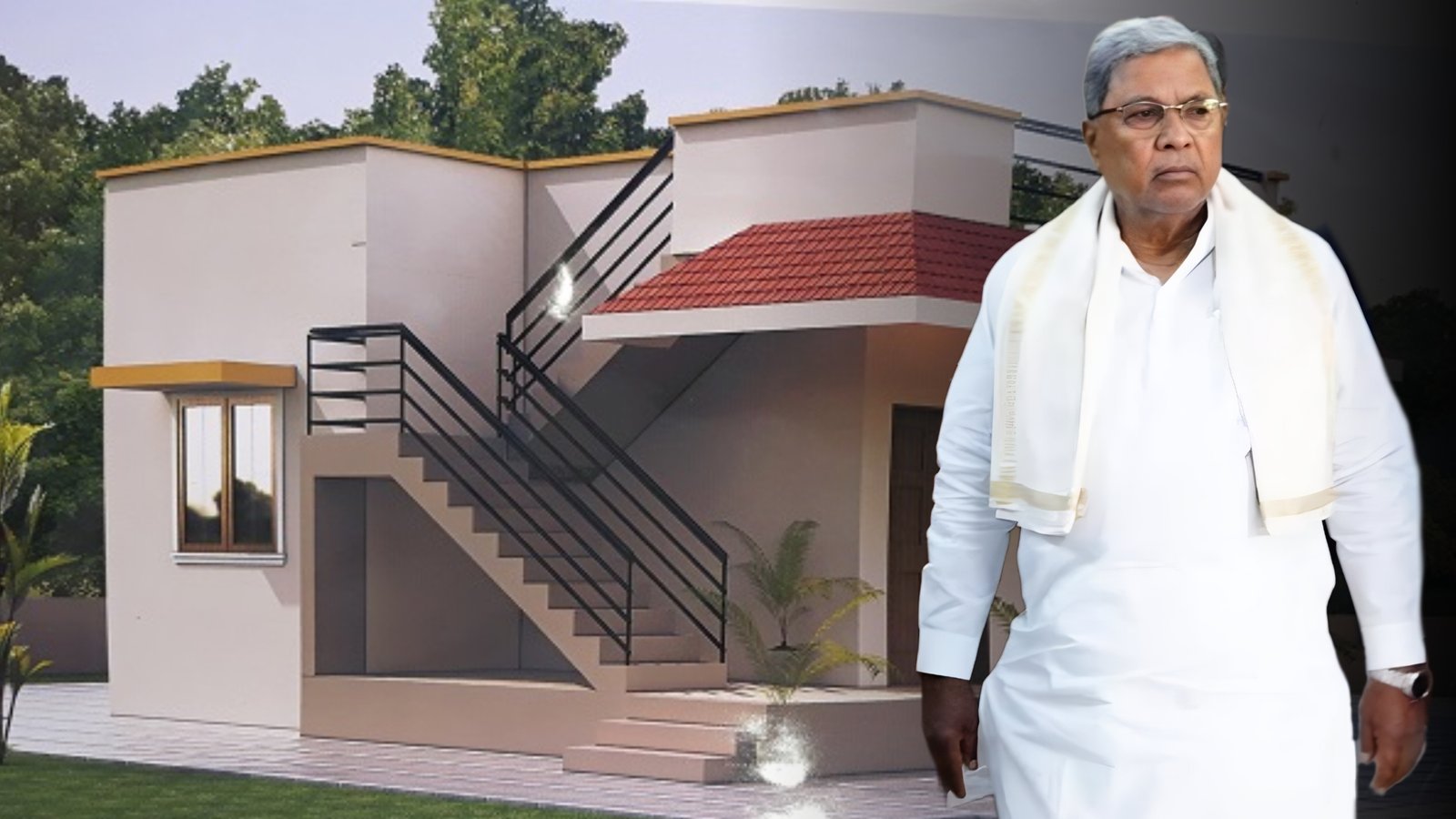The Rajiv Gandhi Free Home Scheme is a flagship housing initiative launched by various state governments in India, inspired by the vision of the former Prime Minister Rajiv Gandhi. This scheme primarily focuses on providing permanent and safe housing for economically weaker sections (EWS), especially those who are landless, homeless, or living in vulnerable conditions. States like Karnataka, Andhra Pradesh, and Telangana have implemented their own versions of this scheme under various names.
Objective of the Scheme
The core goal of the Rajiv Gandhi Free Home Scheme is to ensure “Housing for All,” especially for families that fall below the poverty line (BPL) or those living in slums or rural huts. It aligns with the broader national mission of providing basic shelter to all citizens and uplifting the socio-economic condition of the underprivileged.
Key Features of the Scheme
- Free Housing: Under this scheme, eligible beneficiaries are provided with fully constructed homes free of cost or with minimal financial contribution.
- Focus on Rural and Urban Poor: The scheme covers both rural and urban poor populations, aiming to eliminate kutcha houses and promote pucca housing.
- Eco-Friendly Design: In many regions, homes are constructed using sustainable and locally sourced materials, encouraging green practices.
- Basic Amenities: Houses built under the scheme typically include electricity, clean drinking water, a toilet, and a kitchen.
- Joint Ownership: In some states, homes are registered jointly in the name of husband and wife to promote gender equality.
Eligibility Criteria
To avail benefits under the Rajiv Gandhi Free Home Scheme, applicants must meet the following conditions:
- Must be a permanent resident of the respective state implementing the scheme.
- The family should belong to the BPL or EWS category.
- Applicant should not own any other house or land.
- Priority is given to widows, senior citizens, SC/ST communities, and persons with disabilities.
Applicants are usually required to submit Aadhaar Card, BPL Ration Card, caste certificate (if applicable), and proof of residence.
Application Process
The application process may vary slightly from one state to another, but generally follows these steps:
- Online/Offline Application: Eligible beneficiaries can apply online through the respective state housing department website or offline at Panchayat offices or Urban Local Bodies.
- Document Verification: Authorities verify the applicant’s documents and income status.
- Approval & Allotment: Once approved, the house allotment process is initiated, and the construction begins as per schedule.
Some states also provide a tracking system where applicants can monitor the progress of their application.
Implementation and Monitoring
The scheme is usually implemented in phases, focusing on high-priority areas first. State governments coordinate with local self-governments, contractors, and NGOs for efficient execution. Regular monitoring is done to ensure timely construction, proper quality, and transparency in allotment.
Digital tools like GIS mapping and beneficiary management software are used in modern implementations to avoid fraud and duplication.
Benefits and Impact
- Improved Living Standards: Families get a safe and dignified living space.
- Health & Hygiene: Inclusion of toilets and clean water facilities improves hygiene and reduces health issues.
- Women Empowerment: Joint ownership boosts the social and economic status of women.
- Economic Stability: With a permanent home, families can focus on education, employment, and savings.
Conclusion
The Rajiv Gandhi Free Home Scheme is more than just a housing program—it is a social justice initiative aimed at transforming lives. By giving a roof to the homeless, the scheme empowers the most vulnerable sections of society and moves India closer to its goal of inclusive development. With transparent execution and community involvement, this housing mission continues to be a beacon of hope for millions of underprivileged citizens.
